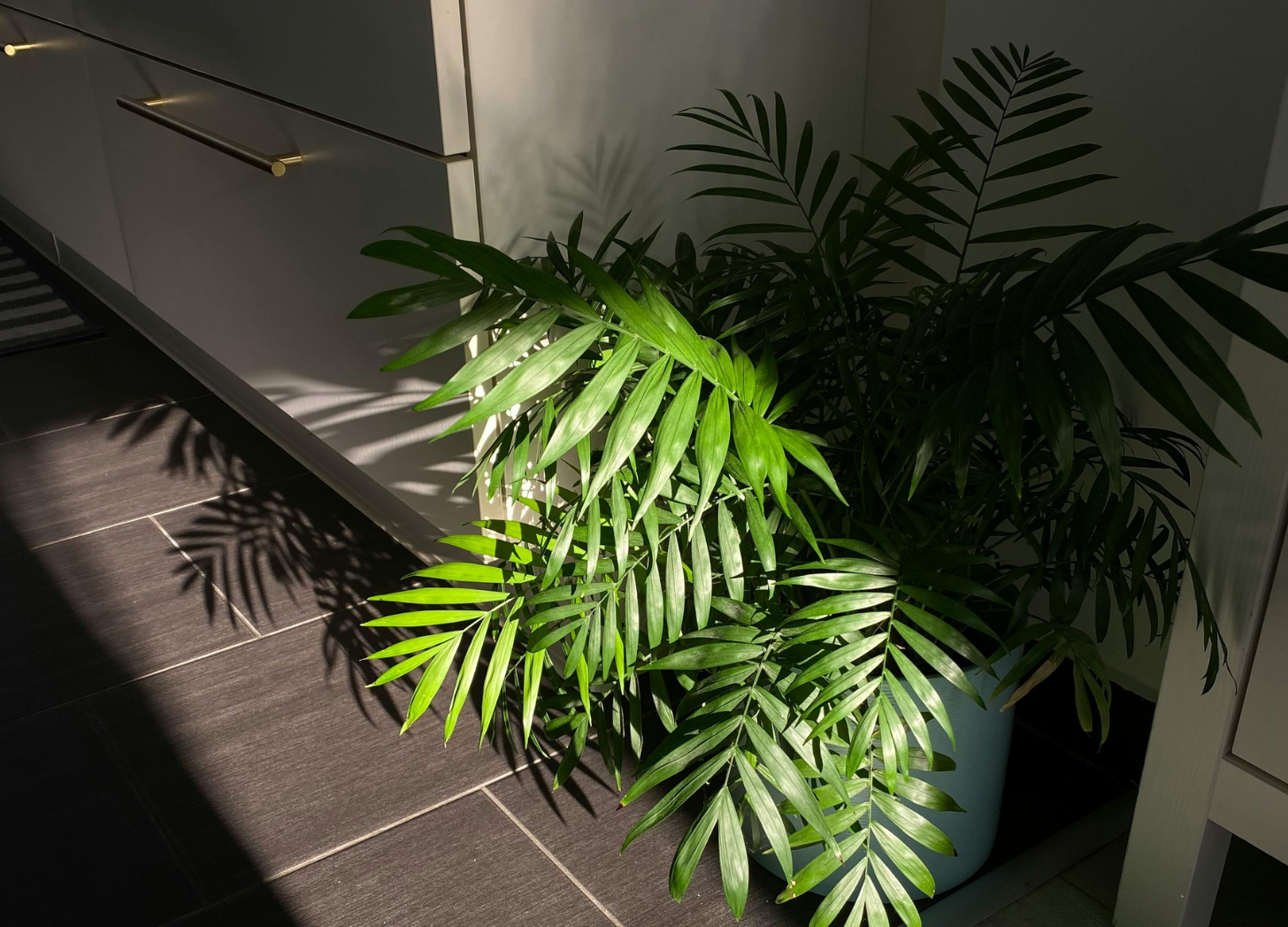Indoor plants have become a popular choice for adding life, color, and fresh air to any home or workspace. Not only do they improve the aesthetic of a room, but they also provide health benefits, from purifying the air to boosting your mood. However, to keep your indoor plants thriving, you need to know how to care for them properly. Whether you’re a beginner or a seasoned plant lover, these essentials of indoor plant care will help ensure your plants stay healthy and vibrant.
1. Choose the Right Plants for Your Space
Not all indoor plants are created equal. Some plants thrive in low light, while others require bright, direct sunlight. When selecting plants for your home, take into account factors such as the amount of natural light your space receives, humidity levels, and temperature.
Low Light Plants: If your space doesn’t receive a lot of natural light, opt for low-light tolerant plants like snake plants, pothos, or peace lilies.
Bright Light Plants: If your home gets a lot of sunshine, plants such as succulents, cacti, and spider plants will thrive.
Humidity-Loving Plants: Some plants, like ferns and orchids, prefer higher humidity levels, making them ideal for bathrooms or kitchens.
2. Watering Needs: Don’t Overdo It!
Overwatering is one of the most common mistakes when it comes to plant care. While plants need water to grow, too much water can lead to root rot and other issues. It’s essential to understand each plant’s unique watering needs.
General Rule: Most indoor plants prefer their soil to dry out slightly between waterings. Before watering, stick your finger about an inch into the soil—if it feels dry, it’s time to water. If it’s still moist, wait a few more days.
Watering Schedule: Some plants, like succulents, only need to be watered once every week or two, while others, like ferns, may need water more frequently.
3. Proper Lighting Is Key
As mentioned earlier, light is one of the most critical factors in keeping indoor plants healthy. Different plants have different light requirements, so it’s important to place them in areas that align with those needs.
Direct Sunlight: If a plant requires direct sunlight, place it by a south- or west-facing window.
Indirect Light: If your plant prefers indirect light, place it near a window with sheer curtains or in a spot that receives filtered light.
Artificial Light: If you don’t have access to natural light, consider using grow lights to provide the right light spectrum for your plants.
4. Humidity: Keep It Comfortable
Indoor plants, especially tropical ones, can be sensitive to dry air, particularly during the colder months when heating systems lower the humidity in your home. To keep plants happy, try to maintain a comfortable level of humidity.
Humidity Tricks:
- Place plants in groups to create a mini humid environment.
- Use a humidifier to increase moisture in the air.
- Place a shallow tray filled with water and pebbles near your plants, allowing the water to evaporate and increase humidity.
5. Fertilizing for Growth
Fertilizing your plants is essential to provide them with the nutrients they need to thrive. However, you should be cautious not to over-fertilize, as this can cause more harm than good.
When to Fertilize: During the growing season (usually spring and summer), you can fertilize your plants every 4-6 weeks. In the fall and winter, when plants are in a dormant phase, they typically don’t need as much fertilizer.
Types of Fertilizer: Choose a balanced, water-soluble fertilizer, or opt for organic options like compost or worm castings. Always follow the instructions to avoid fertilizing too much.
6. Pruning and Cleaning
Regular pruning and cleaning help your plants grow stronger and maintain their appearance. Pruning removes dead or damaged leaves, while cleaning keeps your plants free from dust that can block light and hinder photosynthesis.
How to Prune: Trim any dead or yellowing leaves and faded flowers. Use clean, sharp scissors or pruning shears to avoid damaging the plant.
Cleaning the Leaves: Dust the leaves of your plants with a soft cloth or a gentle spray of water. This helps them absorb light more effectively and prevents pests from taking hold.
7. Repotting When Necessary
As your plant grows, it may outgrow its pot. Repotting is necessary when the plant becomes root-bound or when the soil has depleted its nutrients.
Signs Your Plant Needs Repotting:
- Roots are growing through drainage holes.
- The plant has stopped growing.
- The soil dries out very quickly.
How to Repot: Choose a pot that is 1-2 inches larger in diameter than the current one. Be sure to use fresh, well-draining potting soil to help the plant continue to grow.
8. Watch for Pests
Indoor plants are generally less susceptible to pests than outdoor plants, but they are still vulnerable to common bugs like aphids, spider mites, and mealybugs.
Preventing Pests:
- Inspect your plants regularly for signs of pests.
- Wipe down leaves and stems with a damp cloth.
- Consider using natural insecticides like neem oil or insecticidal soap if pests appear.
Finally
Indoor plant care can seem like a lot of work at first, but with the right knowledge and attention, your plants will reward you with beauty and health benefits for years to come. By selecting the right plants for your space, understanding their watering and light requirements, and providing the necessary care, you’ll be well on your way to becoming a successful indoor gardener.
Remember, each plant is unique, so take the time to learn about its specific needs and adapt your care routine accordingly. Happy planting!

+ show Comments
- Hide Comments
add a comment